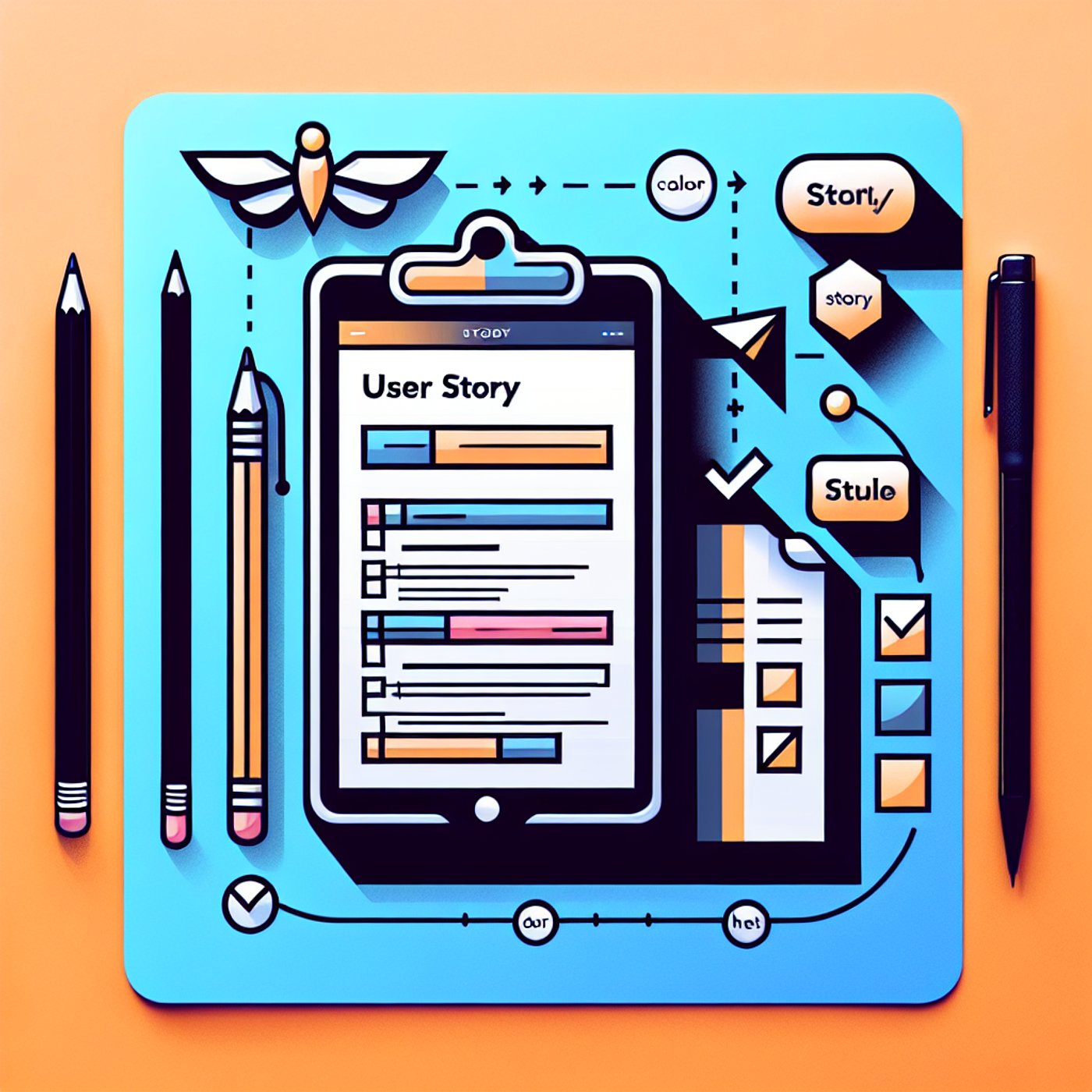
Mastering Small User Stories in Agile Development
Description
In this episode of the YAGNI podcast, host Matt Swanson welcomes Dave Copeland, CTO at Mood Health, to discuss the importance of small user stories in Agile software development. Dave explains what user stories are, emphasizing their role in helping teams understand user needs. He highlights the benefits of keeping these stories small for quick iterations and positive feedback loops. The conversation also explores the distinction between 'big A' Agile with its formal methodologies and 'little a' Agile, which focuses on flexibility and responsiveness. Dave shares insights on finding the right balance between small and larger user stories, ensuring that user experience remains the primary focus. This episode is a must-listen for anyone looking to enhance their Agile practices and improve collaboration within their teams.
Show Notes
## Key Takeaways
1. Small user stories enhance agility and flexibility in software development.
2. Understanding the difference between 'big A' and 'little a' Agile can improve team dynamics.
3. Balancing small and large user stories is crucial for conveying user needs effectively.
## Topics Discussed
- Importance of small user stories
- Agile methodology principles
- 'Big A' vs. 'little a' Agile
- Finding balance in user story size
Topics
Transcript
Host
Welcome to the YAGNI podcast, where we explore software practices and tools to ask the vital question: do we really need it? I'm your host, Matt Swanson, and today, we have a special guest, Dave Copeland, who is not only the CTO at Mood Health but also an author and veteran in the tech world.
Expert
Thanks for having me, Matt! I’m excited to dive into today’s topic.
Host
Absolutely! Today, we're talking about small user stories in Agile development. Now, for those listening who might not be familiar, can you explain what a user story is?
Expert
Of course! A user story is a brief description of a feature or requirement from the end-user's perspective. It usually follows a simple template: 'As a [type of user], I want [some goal] so that [some reason].' It helps teams understand what the user needs and why.
Host
That makes sense! So why is it considered important for these stories to be small?
Expert
Great question! The idea behind small user stories is that they should be manageable and deliverable in a short timeframe, ideally within a single day. This way, teams can iterate quickly, receive feedback, and adapt as needed. If a story is too big, it becomes harder to estimate and can cause delays.
Host
I see! It sounds like it's all about agility and flexibility. But you mentioned some rules that Agile practitioners often stick to. Can you explain the difference between 'big A' Agile and 'little a' Agile?
Expert
Absolutely! 'Big A' Agile refers to the formal methodologies like Scrum or Kanban, which come with strict rules and guidelines. On the other hand, 'little a' Agile is more about the underlying principles of being flexible and responsive. Sometimes, following every rule to the letter can hinder the creative process and the actual goals of Agile.
Host
Interesting! So you’re advocating for a more flexible interpretation of Agile?
Expert
Exactly! It’s important to strike a balance. While small stories can help, it’s also crucial to understand the 'why' behind them. If a larger story better conveys user needs, that’s okay too!
Host
Can you share an example of when a larger user story might be more beneficial?
Expert
Sure! Let’s say you're developing a new feature for an app, like a user authentication system. Breaking this down into tiny stories might make it feel fragmented and disjointed. Instead, it might be better to handle it as one larger user story, focusing on the complete user experience.
Host
That definitely puts things in perspective! So, it's about finding the right balance and understanding user needs over merely adhering to the rules?
Expert
Exactly! Agile is meant to enhance collaboration and responsiveness, not to create barriers.
Host
Thanks, Dave! This has been incredibly enlightening. I appreciate you sharing your insights on small user stories and Agile with us today.
Expert
Thank you for having me, Matt! It’s been a pleasure.
Host
And thank you to our listeners for tuning in! Join us next time as we continue to explore what we really need in software development.
Create Your Own Podcast Library
Sign up to save articles and build your personalized podcast feed.